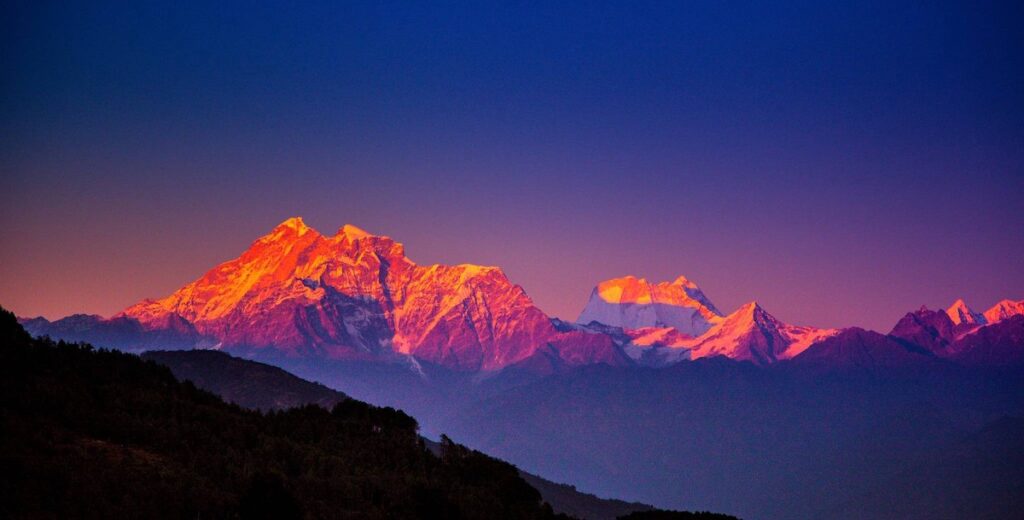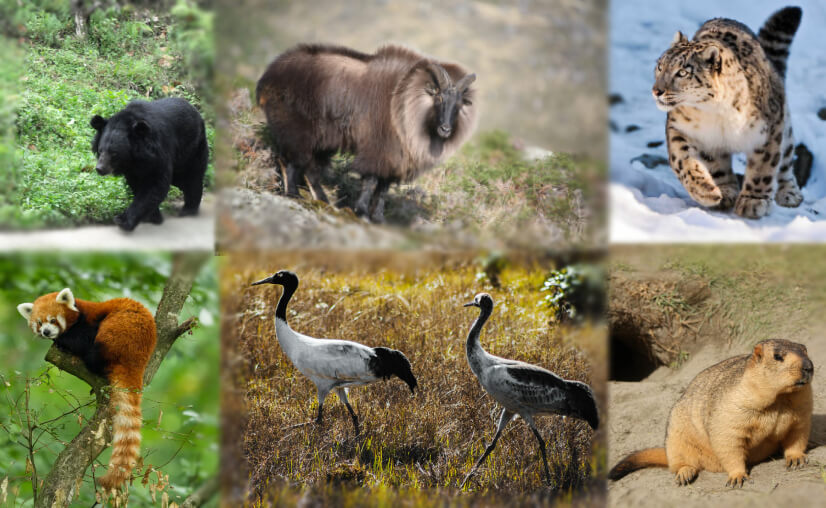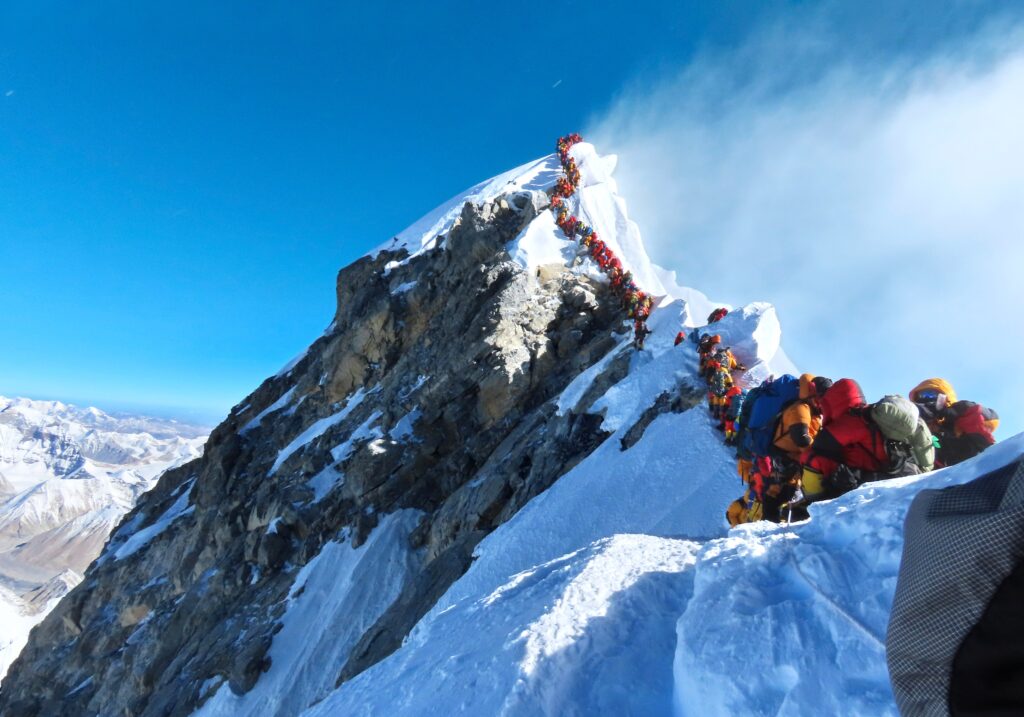
The Himalayas are among the world’s greatest natural wonders. This massive mountain range stretches across Southeast Asia for about 1,500 miles. This mountain range, which consists of 30 mountains and nine of the world’s highest peaks, which include Mount Everest and Karakora (K2), other very popular peaks are Kailash, Kanchenjunga, Nanga Parbat, Annapurna, and Manasklu, thus making Himalayas rich in world records, culture, and geographical marvels. On the Snowman Trek, we get up close and personal with the Himalayas, but if you can’t make that trek, here are ten interesting facts about the Himalayas.
They’re Growing in Height!
Scientific research has revealed that the Himalayas are territorially intact! As per research, the Indo-Australian plate is moving about 20 mm per year, causing the mountain ranges to grow in size. This means the mountains will grow even taller!
Rivers Flowing out from the Himalayas
The Himalayas are the source of the Ganges, Indus, Brahmaputra, Mekong, Yangtze, and Yellow Rivers. This water feeds three major river systems in Southeast Asia: the Indus Basin, the Yangtze Basin, and the Ganga-Brahmaputra Basin. Surprisingly, those rivers are older than the Peaks of the Himalayas!
Exotic Animals

The Himalayas are a habitat to some of the most endangered animals in the animal kingdom due to their unique climate and geography. Snow leopards, wild goats, Tibetan sheep, musk deer, and mountain goats can all be seen stalking, hopping, and leaping their way through the mountains.
The World’s Highest Mountain Range
The Himalayas are a massive mountain range with 30 peaks that stands tall more than 24,000 feet & average roughly 200 miles in width. In actuality, the Himalayas cover approximately 0.4 percent of the planet’s surface area!
Yetis and Other Mythical Creatures
The Himalayan Mountains span five countries: India, Nepal, Bhutan, Tibet, and Pakistan. As a result, the mountain range is central to much folklore and mythology. The Himalayas are said to be the home of the Hindu God Shiva. The mountains are known as “Sagarmatha” in Nepalese, which implies “Goddess of the Universe” or “Forehead of the Sky.” A Sherpa legend, which has also entered Western pop culture, tells of the Yeti, a chimp monster which wanders the Himalayas.
Mount Everest puts hikers is in jeopardy

Approximately 150 people died during treks to Mount Everest’s peaks. A dangerous and thrilling climb to the peak is made possible by the wintry climate and unsteady terrain. The trekking is not for the faint hearted, with a mimimum 9 % of deaths everyear.
Natural Reserve
Notwithstanding the sometimes extreme conditions, people live in the Himalayas. A large proportion of the population are monks who live in hill monasteries. With Buddhism, Islam, and Hinduism all present in the area, the mountains can be an ideal setting for religious teachings as well as divine exploration. Some monasteries are newer, but most are assumed to be over 1,000 years old!
On the Peak, Colored Pencils
Tenzing Norgay of Nepal and Edmund Hillary of New Zealand were among the first to reach the summit of Everest in 1953. Tenzing and his daughter had a total of 15 minutes on top of Everest, which rumour has it gave Tenzing sufficient time to dump his daughter’s blue and red pencils.
Variation by Location
The Himalayas have a wide range of geographical landscapes due to their length, breadth, and height. Snow-capped mountains can be found higher up, but lively green valleys, as well as dense jungles, can be found closer to the ground. This also means that the climate is changing dramatically. It’s cold and icy near the peaks. The climatic condition is wetter & warmer near the bottom. Only seasons that exist in the mountains are winter and summer.
If you liked this article be sure to check out ‘Off-beat destinations in London’.